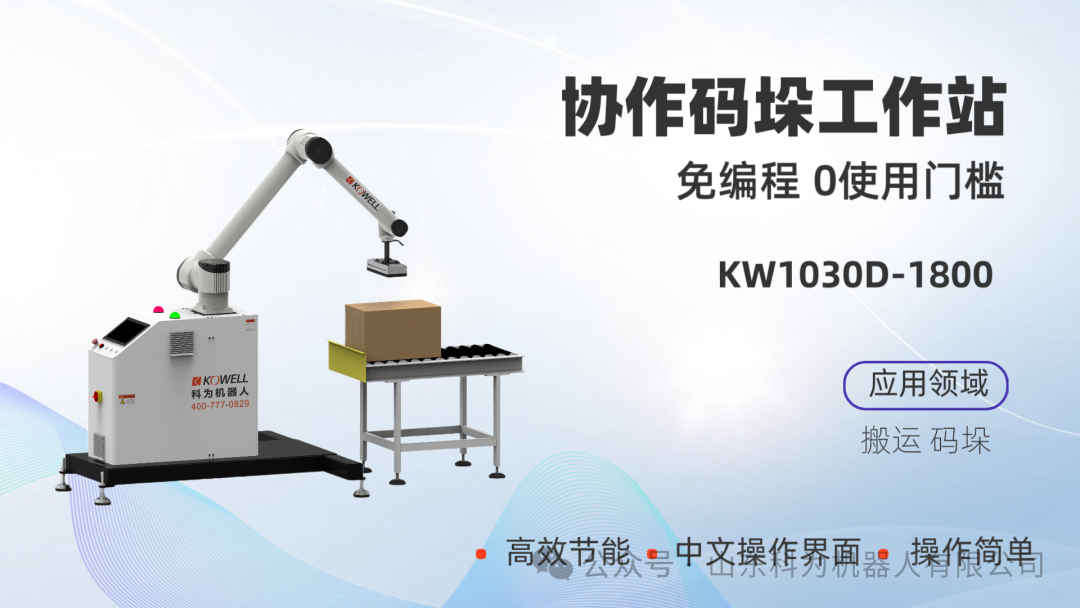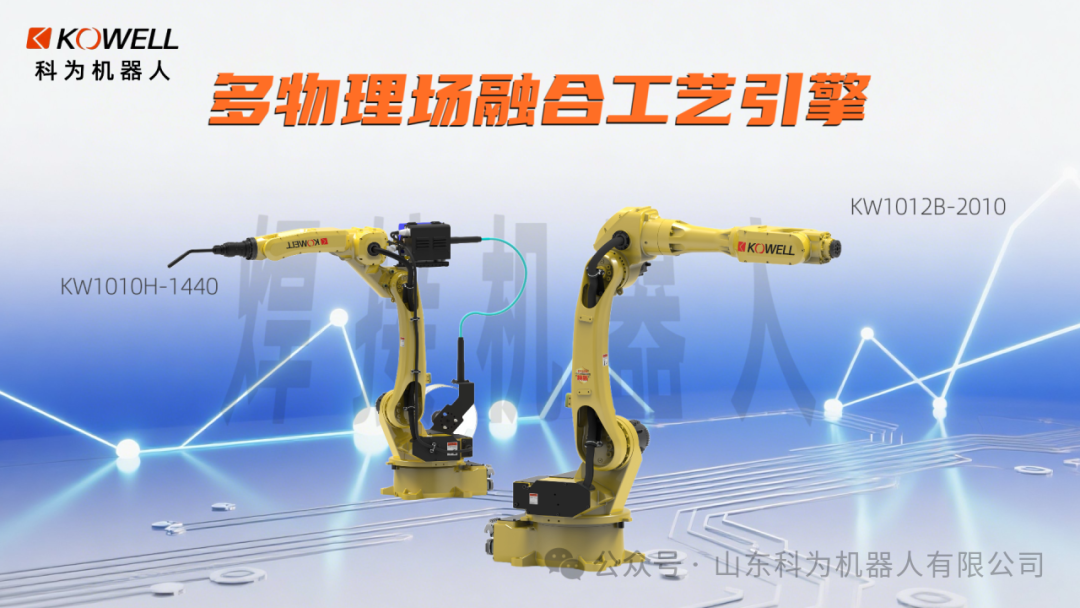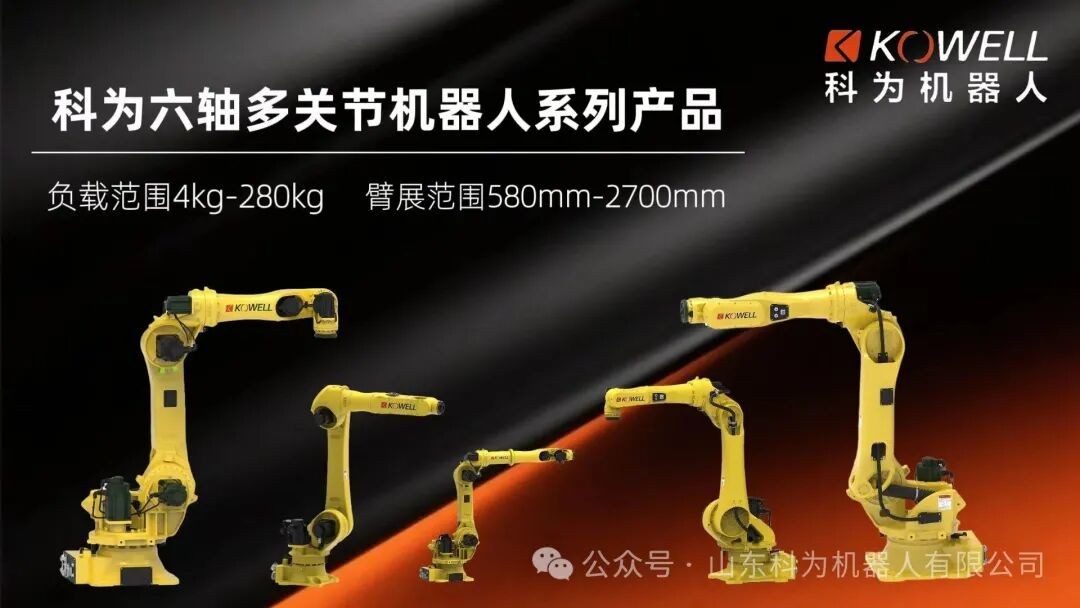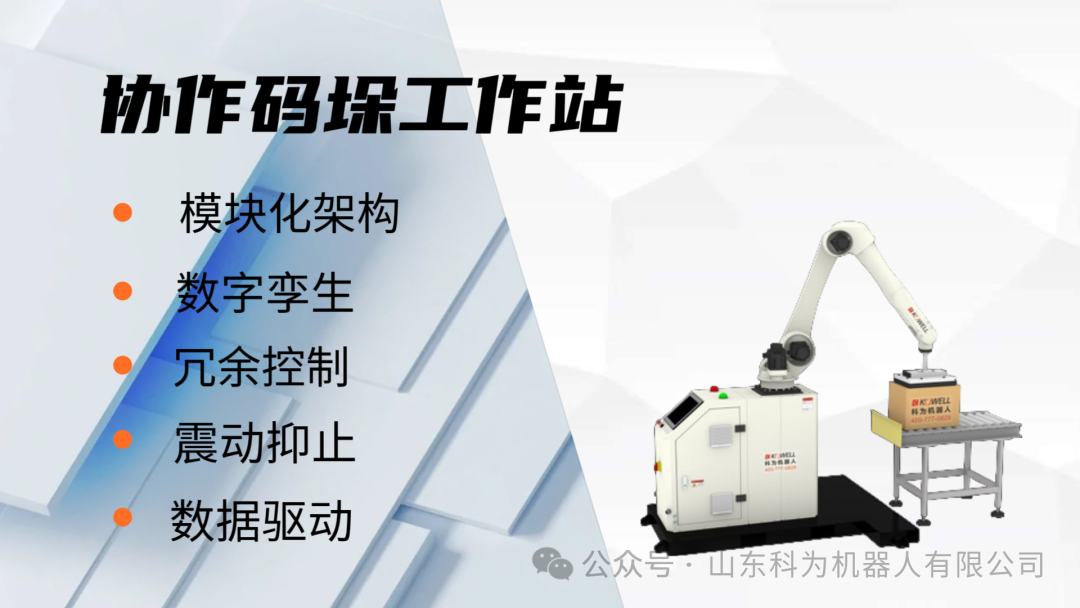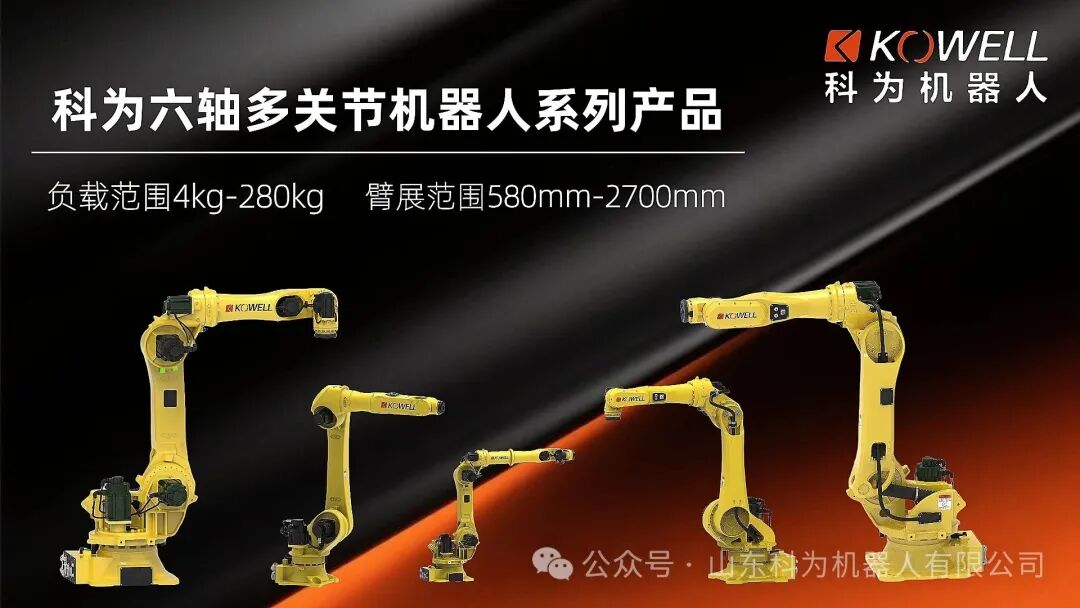In modern manufacturing, cost and efficiency remain a core conflict. As labor costs continue to rise and market competition intensifies, companies are forced to re-examine the stability and sustainability of their production models. Against this backdrop, automated machinery has gradually assumed a central role, not only changing the operational logic of production processes but also profoundly reshaping the relationship between humans and machines.
A Shift in Choices Under Cost Pressure
In traditional manufacturing, labor once comprised the majority of the production process. However, with rising labor costs, companies are forced to make a different calculus: continue to rely on human labor or introduce automated machinery capable of long-term operation? This choice essentially involves a trade-off between long-term costs and short-term investment. The former represents ongoing wages, benefits, and uncertainty, while the latter involves a one-time investment, ongoing maintenance, and predictable operational efficiency.
In other words, automation is not simply a technological advancement; it reflects economic rationality. Corporate decisions have driven the accelerated adoption of automated machinery in factories.
Expanding the Efficiency Frontier
In terms of efficiency, automated machinery demonstrates advantages over human labor. They operate stably, unaffected by fatigue, emotions, or environmental factors, and maintain highly consistent operational quality. This not only increases the production pace but also provides greater control over the manufacturing process. For large-scale production, this advantage means both overall productivity and quality.
More importantly, efficiency no longer simply means increased speed. Through the coordinated operation of equipment, the entire production chain can achieve a higher level of fluidity. In other words, the value of automated machinery lies in expanding the boundaries of efficiency, moving manufacturing from single-point breakthroughs to system optimization.
Repositioning the Relationship between Humans and Equipment
However, technological change is not a one-way street. Human workers in this transformation are not simply disappearing. Instead, they are gradually shifting from direct executors to managers, maintainers, and process designers. In the past, humans performed specific tasks such as handling, assembly, and testing; now, these tasks are being performed by automated machinery. The worker's role, in turn, is shifting to monitoring equipment status, optimizing production parameters, and coordinating the connections between different links.
This means that the relationship between humans and equipment is shifting from "substitution" to "division of labor." This reorientation does not eliminate the value of humans, but rather encourages workers to shift to higher-level skills, enabling them to complement machines rather than simply compete with them.
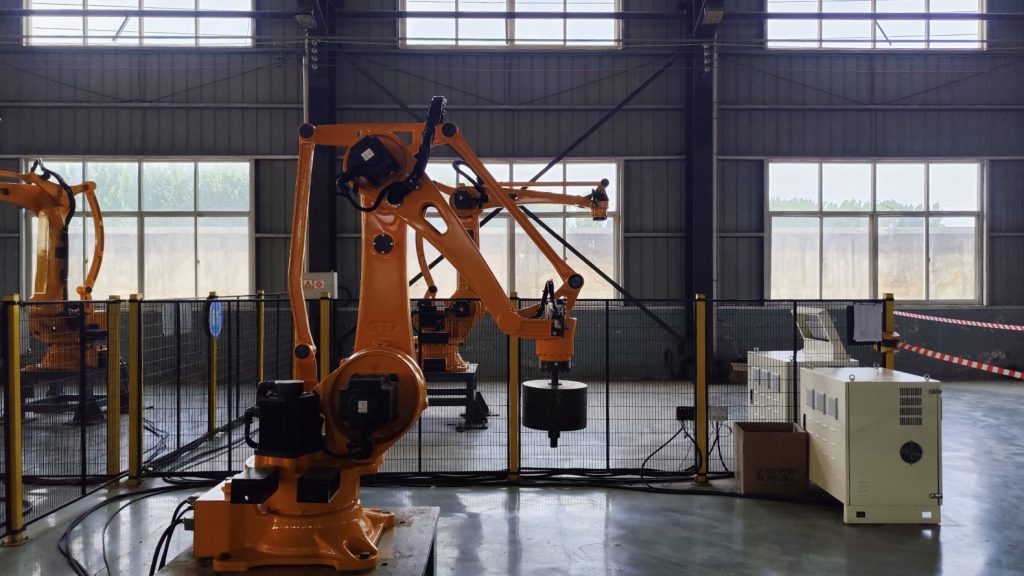
Structural Adjustment of the Manufacturing System
The introduction of automated machinery and equipment does more than simply replace labor. Its deeper significance lies in driving adjustments to the manufacturing system structure. Previous production models centered on human labor, with process design often relying on human flexibility. In a system dominated by machinery and equipment, process design tends to be standardized, modular, and systematized. This adjustment not only improves production stability but also provides a more solid foundation for future scalable expansion.
In a sense, automation is reshaping the very logic of manufacturing. Equipment collaboration and data-driven processes are shifting production from "action stacking" to "process orchestration," which is the core direction of future manufacturing model evolution.
Challenges and Implications for Workers
Of course, this transformation is not without cost. The elimination of a large number of low-skilled jobs does pose employment challenges. As automated machinery and equipment gradually take over repetitive tasks, workers need to rethink their roles. For individuals, learning and mastering skills such as equipment maintenance, process optimization, and data analysis will be key to gaining a foothold in the manufacturing industry. For businesses, providing workers with training and opportunities for transformation is also a responsibility.
Thus, this involves more than just adjustments to production lines; it involves a rebalancing of social structures and labor patterns. Finding a balance between increased efficiency and social stability will be a long-term issue.
Forward-Looking Ahead: The Future of Collaboration
Looking ahead, the relationship between humans and automated machinery and equipment will not be a zero-sum game, but will likely evolve into a process of deep collaboration. The accuracy and stability of equipment, combined with human judgment and creativity, will form the dual fulcrum of a new type of manufacturing capability. As the industrial system continues to evolve, the complementary relationship between humans and equipment will be further strengthened.
In other words, the true future lies not in "who replaces whom" but in "how to collaborate." Only when businesses can rationally integrate equipment at the design, management, and strategic levels can humans and machines play a joint role in the manufacturing ecosystem.
Conclusion
As the contradiction between cost and efficiency becomes increasingly acute, the manufacturing industry is entering a critical transformational juncture. Automated machinery and equipment are no longer merely auxiliary tools, but rather the core variable driving the evolution of production logic. They bring not only increased efficiency and reduced costs, but also a reconstruction of the human-machine relationship and a rebalancing of the manufacturing system. In the future, the relationship between humans and devices will continue to be rearranged, but the appropriate direction may not be replacement, but collaboration.

Kewei Wishes You a Merry Christmas!
2025-12-25
Online Consultation
Hello, the current customer service is offline. You can leave your contact information and the staff will respond to you as soon as possible!


